Disclosure: This article contains affiliate links. We may earn a commission from purchases at no extra cost to you, which helps our travel content.
Standing at the edge of Poznan's Citadel Park on a golden summer morning, I found myself unexpectedly moved by how this Polish city has transformed its urban spaces. What was once a military fortress now cradles families picnicking beneath the dappled shade of century-old trees. The juxtaposition wasn't lost on me—spaces of former conflict reimagined as havens of joy and connection. As someone who's spent years documenting how communities interact with designed spaces, Poznan revealed itself as a masterclass in thoughtful urban regeneration. The city unfolds like a verdant storybook, with each park and garden offering its own distinct narrative. What surprised me most during my weekend exploration wasn't just the abundance of green spaces, but how deeply integrated they are into family life here. For budget-conscious parents seeking meaningful outdoor adventures, Poznan offers a refreshing alternative to Poland's more touristed destinations.
Citadel Park: From Fortress to Family Haven
The transformation of Poznan's Citadel Park exemplifies everything I love about thoughtful urban design. Once the site of Fort Winiary, a 19th-century Prussian fortification, this sprawling 89-hectare space has been reimagined as the city's green heart while honoring its complex history.
When I arrived early on Saturday morning, local families were already claiming their favorite spots, spreading colorful blankets beneath the shade of mature lindens and oaks. What struck me immediately was the park's brilliant balance of open meadows and intimate woodland paths—creating natural 'rooms' that offer both community and privacy.
'This used to be a place of division,' explained Marek, a local architect I met while photographing the Military Museum's brutalist concrete structure. 'Now it connects neighborhoods.'
The park's most powerful feature is how it preserves military artifacts—bunkers, earthworks, and artillery pieces—as both playground and memorial. I watched children clamber over decommissioned tanks while their parents read the informational plaques nearby, history lessons unfolding organically through play.
The Museum of Armaments offers welcome shade during peak afternoon heat, though I found myself equally drawn to the contemporary sculptures dotting the landscape—over 100 pieces created during various international art symposiums. For families with restless little ones, the two excellent playgrounds provide creative climbing structures that far surpass the plastic monstrosities I typically encounter in American parks.
While exploring the park's extensive trails, my collapsible water bottle proved invaluable—Poznan's summer temperatures can be surprisingly intense, and the park's water fountains are somewhat limited.

💡 Pro Tips
- Visit early morning (before 10am) or late afternoon to avoid peak heat and crowds
- The Bell of Peace and Friendship rings daily at noon—position yourself nearby for this moving experience
- Pack a picnic rather than relying on the limited (and somewhat overpriced) café options
Malta Lake: Poznan's Outdoor Recreation Hub
If Citadel Park represents Poznan's contemplative side, Malta Lake embodies its playful spirit. This man-made reservoir, created in 1952 by damming the Cybina River, has evolved into the city's premier outdoor recreation destination—and it's where I spent most of my Sunday with local friends and their children.
What makes Malta Lake exceptional isn't just the pristine water (though it's remarkably clean for an urban lake) but the thoughtful infrastructure surrounding it. The 2km walking and cycling path encircling the lake provides a perfect circuit for families with young children. I borrowed a bike from my homestay host and joined the parade of local families enjoying the flat, well-maintained trail.
'We come here every weekend in summer,' explained Agnieszka, pushing her toddler in a stroller while her older child raced ahead on a balance bike. 'It's affordable entertainment that keeps everyone happy.'
The true genius of Malta Lake lies in its diverse activity zones. The eastern shore hosts the Malta Ski complex with its artificial ski slope (bizarre but delightful to see in summer), while the western edge features an expansive water park. Budget-conscious families should note that simply enjoying the public beaches and playgrounds costs nothing, while the Maltanka miniature railway (5 złoty per ride) provides an affordable thrill for train-obsessed little ones.
For families seeking more structured adventure, the Malta Thermal Baths offer 18 swimming pools and numerous water slides. At 69 złoty for adults and 49 złoty for children (approximately $17/$12 USD), it's reasonably priced for a full day of entertainment. I spent several hours here and was impressed by the cleanliness and variety of attractions suitable for different age groups.
Nature enthusiasts shouldn't miss the adjacent Maltański Forest, where shaded trails provide welcome relief on hot days. My quick-dry towel proved perfect for impromptu lake swims followed by forest walks.
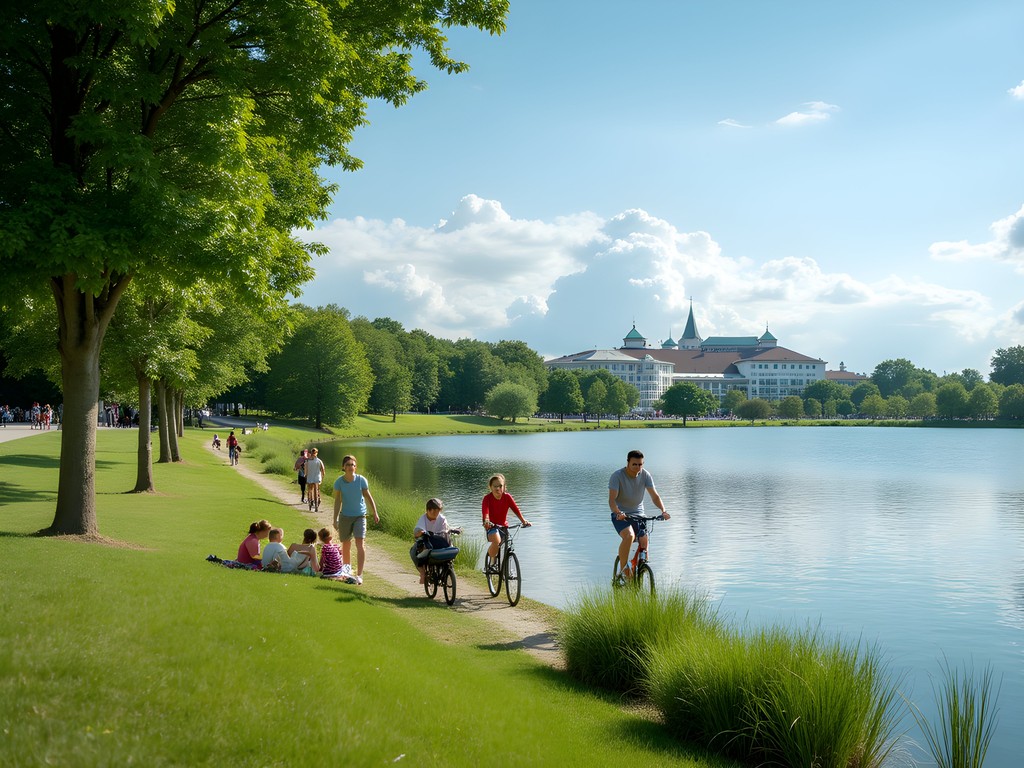
💡 Pro Tips
- The Maltanka miniature railway runs April through September, with more frequent departures on weekends
- Visit the Malta Thermal Baths on weekdays to avoid weekend crowds
- Bring water shoes for lake swimming—some areas have pebbly bottoms
Botanical Garden: A Hidden Design Treasure
As someone who's spent a career studying how design shapes human experience, Poznan's Adam Mickiewicz University Botanical Garden was perhaps my most cherished discovery. Tucked away in the Ogrody district, this 22-hectare living museum receives far fewer visitors than it deserves—making it perfect for families seeking tranquility.
Unlike many botanical gardens that prioritize manicured formality, Poznan's approach feels refreshingly democratic. Formal rose gardens transition seamlessly into wilder meadow plantings, creating a space that invites both structured observation and free exploration. Children were encouraged to follow meandering paths and discover hidden nooks throughout the garden's twelve distinct sections.
'We designed the children's area to engage all senses,' explained Dorota, a garden educator I met while sketching a particularly elegant Japanese maple. 'Touch, smell, taste—these connections create lasting appreciation for plants.'
The alpinarium (rock garden) proved particularly magical, with its miniature landscape of tiny waterfalls and rare mountain plants. My friend's six-year-old daughter spent nearly an hour creating elaborate stories about 'fairy houses' among the rock crevices, completely immersed in imaginative play.
For families with plant-curious children, the collection of carnivorous plants in the greenhouse complex was an absolute hit. The tropical greenhouses themselves offer welcome respite on both hot and rainy days—I experienced both during my visit, as Poznan's summer weather can change rapidly. My pocket field guide helped identify unfamiliar species, though the garden's excellent labeling system makes identification accessible even without prior knowledge.
The garden's modest café serves simple Polish snacks and excellent ice cream at prices far below what you'd pay in Old Town. At just 15 złoty for adult admission (children under 7 enter free), it's one of the city's best values for a full day of exploration.
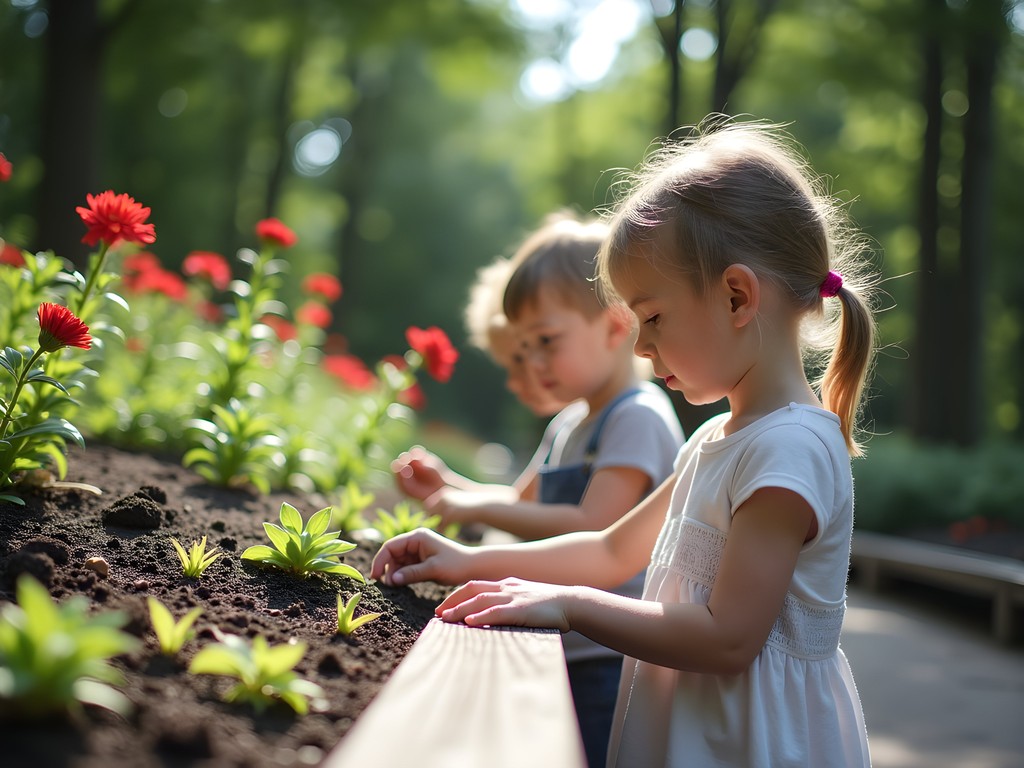
💡 Pro Tips
- Visit on Tuesday mornings when local artists often sketch in the garden, creating a lovely atmosphere
- The garden hosts special children's workshops on weekends (check their Facebook page for English-friendly options)
- Bring a magnifying glass for young explorers—the garden has numerous tiny botanical treasures
Rusałka Lake: Local's Secret for Wild Swimming
When I asked my homestay host where his family escapes the summer heat, he didn't hesitate: 'Rusałka—it's where Poznanians go when we want to feel like we've left the city without actually leaving.' After visiting, I understood exactly what he meant.
Just a 15-minute bike ride from the city center, Rusałka Lake feels worlds away from urban life. Unlike the more developed Malta Lake, Rusałka maintains a wilder, more natural character that immediately transported me back to childhood summers spent at my grandmother's lakeside cabin in northern Michigan.
The lake is ringed by dense forest that provides crucial shade during hot summer days. Several small beaches dot the shoreline, with the western beach being particularly suitable for families with young children thanks to its gradual entry into the water. I visited on a Friday afternoon and found mostly local families spread across blankets, the atmosphere decidedly more relaxed than at Malta Lake's more touristed shores.
'We bring the children here after school,' shared Magda, a teacher picnicking with her two daughters. 'It's free, it's beautiful, and they sleep so well after swimming.'
What makes Rusałka special is precisely what it lacks—there are no water slides, no rental kiosks, no loudspeakers. Instead, families create their own entertainment: children constructed elaborate sand castles, teenagers played impromptu volleyball, and parents alternated between reading books and cooling off in the clear water.
The 4.5km trail circling the lake provides a perfect pre-swim walk through forest habitat. Bird-watching opportunities abound—I spotted several woodpeckers and even a kingfisher during my morning circuit. For families with older children, the network of marked hiking trails extending into Golęcin Forest offers more adventurous exploration.
My lightweight backpack cooler proved perfect for transporting cold drinks and snacks, as the lake area has minimal facilities beyond basic restrooms and the occasional ice cream vendor.
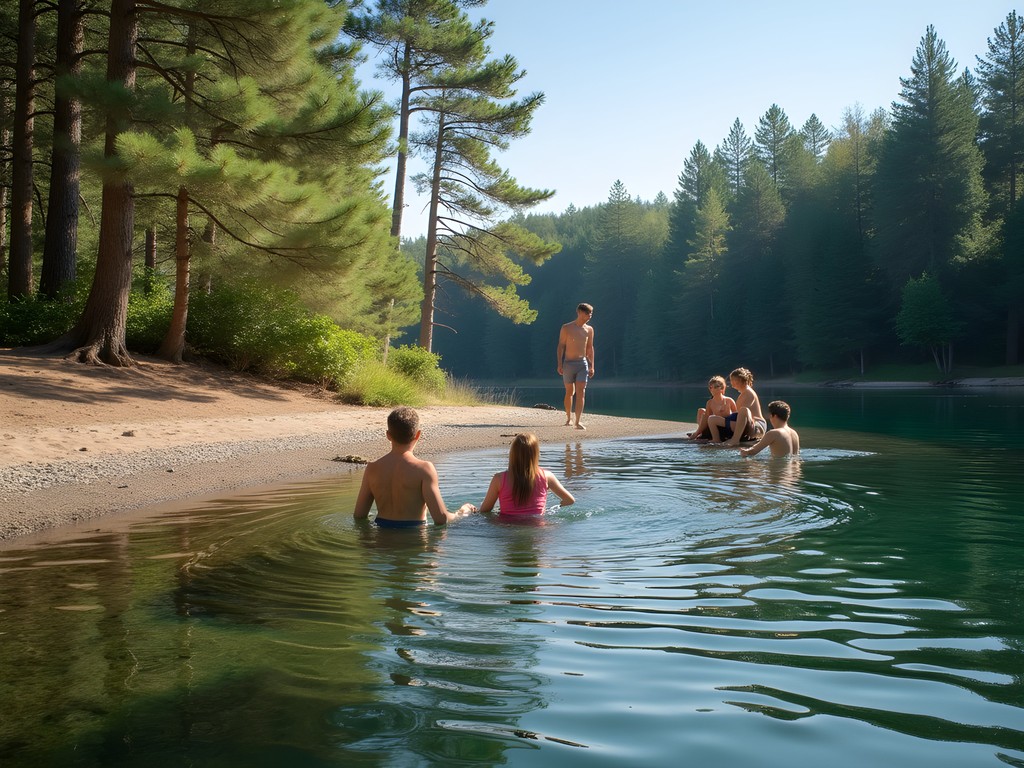
💡 Pro Tips
- The western beach has the gentlest slope for young swimmers
- Bring all food and drinks you'll need—there are no reliable concessions
- Weekday mornings offer the most tranquil experience with fewer crowds
Stare Zoo: A Playful Urban Forest
In most cities, I avoid zoos entirely—but Poznan's Old Zoo (Stare Zoo) offers something entirely different. Decommissioned as a traditional animal exhibition in 2009, this 19th-century zoological garden has been thoughtfully repurposed as a public park while preserving its historic architecture.
The result is a whimsical landscape where Victorian-era animal pavilions now serve as art galleries, educational spaces, and even a puppet theater. For design enthusiasts like myself, the preservation of these structures represents adaptive reuse at its finest—honoring architectural heritage while creating new functionality.
'We wanted to keep the magic of the space without the ethical problems of the old zoo,' explained Tomasz, a city parks employee who noticed me photographing the ornate 1908 elephant house. 'Children still love running through the tunnels and imagining what animals lived here.'
Indeed, the park has become a playground for the imagination. I watched as children created elaborate games involving the empty enclosures and historic buildings. The former monkey house now hosts weekend workshops where families learn about wildlife conservation and local ecology.
The park's mature tree canopy provides exceptional shade, making this a perfect retreat during midday heat. Winding paths reveal unexpected sculptures, including whimsical animal figures that pay homage to the park's past while creating contemporary delight.
For families with very young children, the modern playground near the main entrance offers age-appropriate structures, while the central lawn hosts impromptu soccer games and picnics. The on-site café occupies the charming former administration building and serves reasonably priced Polish comfort food in a garden setting.
Best of all? Admission is completely free, making this an ideal budget-friendly option for families exploring Poznan. My pocket sketchbook was perfect for capturing the unique architectural details that make this space so special—I filled several pages with quick sketches of the ornate ironwork and distinctive brick patterns.
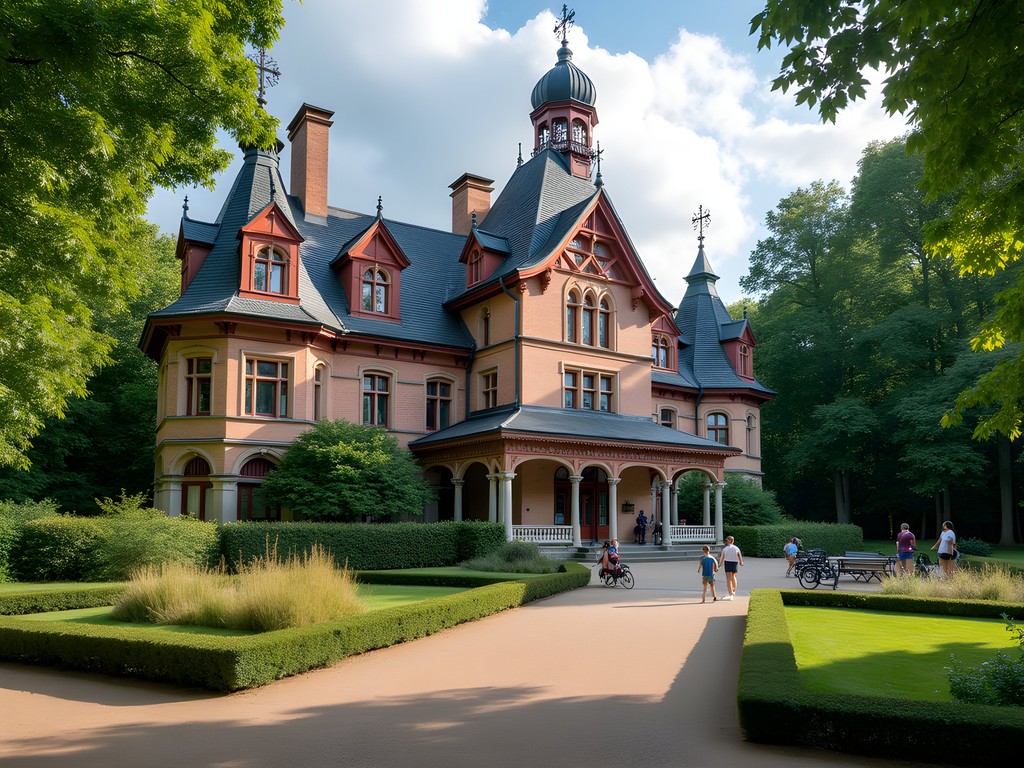
💡 Pro Tips
- Check the events board near the entrance for weekend workshops and puppet shows (many are visual/interactive and enjoyable regardless of language)
- Visit late afternoon when local art students often practice sketching the historic buildings
- Look for the hidden sculpture garden behind the former bear enclosure—most tourists miss this delightful space
Final Thoughts
As my weekend in Poznan drew to a close, I found myself sitting on a bench in Citadel Park, watching the sunset paint the treetops gold. What struck me most about this underrated Polish city wasn't just the quantity of its green spaces, but the thoughtfulness behind them—each park telling a different story about history, community, and reimagined urban design. For families seeking authentic outdoor experiences without the premium price tags of Warsaw or Krakow, Poznan offers something truly special: spaces where children can roam freely, where history becomes tangible through play, and where design serves human connection rather than mere aesthetics. Whether you have a single day or an entire week, make time to explore beyond the Old Market Square and discover the verdant heart of this city. Poznan's parks aren't just amenities—they're living testaments to how thoughtful design can transform urban experiences for generations to come.
✨ Key Takeaways
- Poznan offers exceptional value for budget-conscious families seeking outdoor adventures
- The city's parks tell a unique story of historical transformation and thoughtful urban design
- Summer weekends bring locals outdoors, creating authentic cultural immersion opportunities
📋 Practical Information
Best Time to Visit
June through August, with July offering the warmest swimming weather
Budget Estimate
€150-200 for a family weekend including accommodations, food, and activities
Recommended Duration
2-3 days to explore major parks and green spaces
Difficulty Level
Easy - All Parks Are Accessible By Public Transportation And Feature Flat Terrain

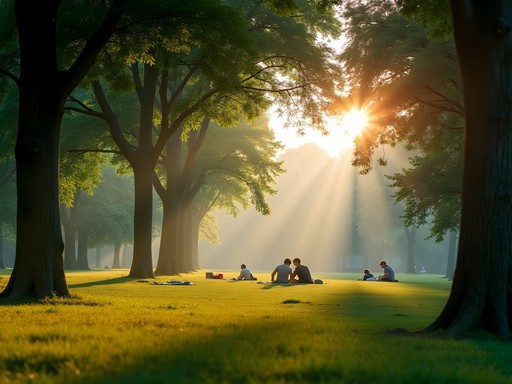
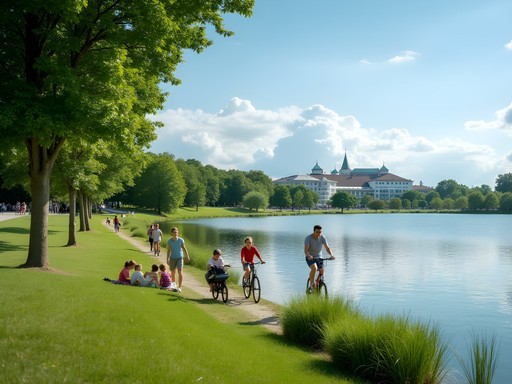
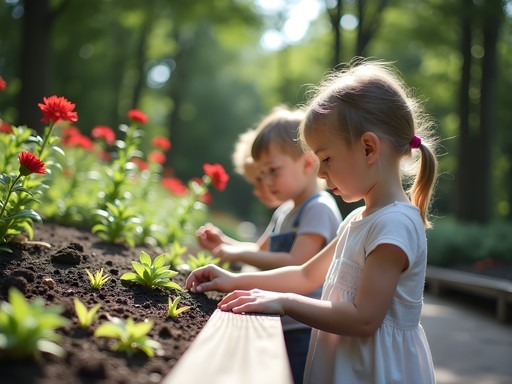

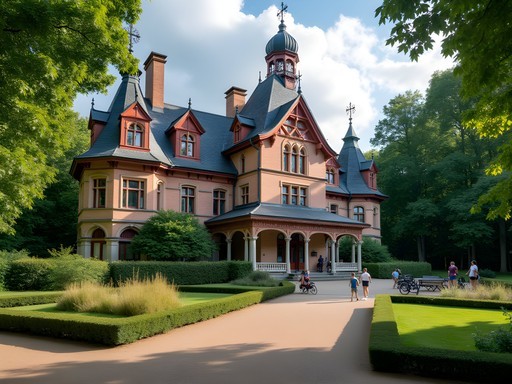


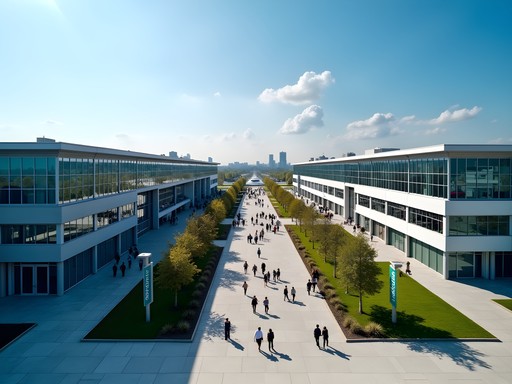

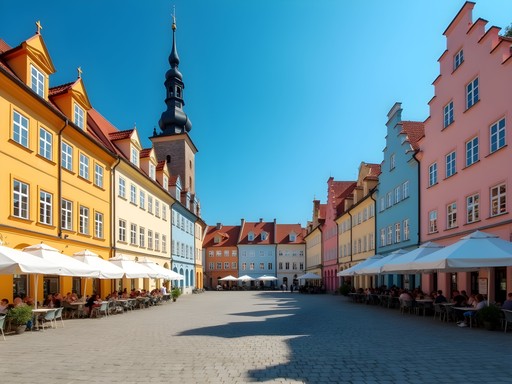
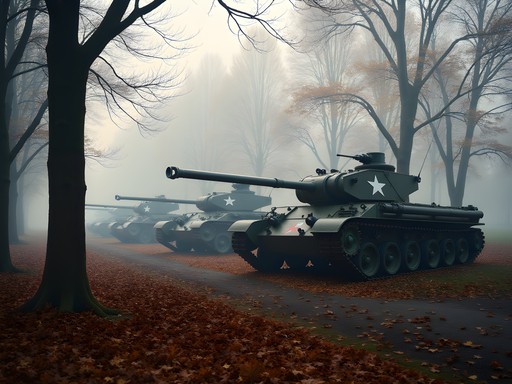
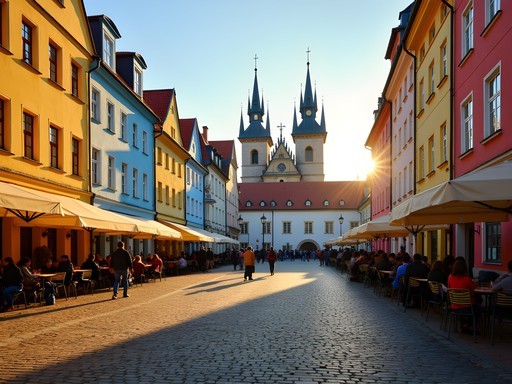



Comments
happyninja
Those sunset photos from Citadel Park are absolutely stunning! Poznan wasn't on my radar before, but it is now!
Olivia Sanchez
Thank you! It's really a photographer's dream, especially during golden hour. Hope you get to visit soon!
adventureone
Poznan's green spaces are truly underrated! I've been to many Polish cities and Poznan stands out for how accessible everything is. Pro tip for Malta Lake: rent one of the city bikes and circle the entire lake - there's a dedicated path and it takes about an hour with stops. We did this last summer and packed a picnic with local treats from the Old Market Square. For serious hikers, there's also a fantastic trail system connecting Rusałka and Strzeszynek lakes that many tourists miss. I used my pocket guide which had some excellent off-the-beaten-path suggestions.
freezone
Great post! We visited Rusałka Lake last summer and found this amazing little cafe tucked away on the north shore that serves the best pierogi I've ever had. Definitely worth the 10-minute detour from the main path. Also, if anyone's planning to visit the Botanical Garden, I'd recommend going early morning on weekdays - practically had the place to ourselves!
happyninja
Do you remember the name of that cafe? Heading there next month!
freezone
I think it was called 'Jezioranka' or something similar. It's small with blue umbrellas outside. Can't miss it if you follow the north shore path!
Hannah Woods
Fascinating how Poznan balances urban development with these green spaces. I visited Citadel Park last autumn and was struck by the juxtaposition of military history with peaceful recreation areas. The sculptures scattered throughout create a thought-provoking open-air gallery. One observation: the park's topography with its varying elevations offers distinct microclimates - worth exploring different sections at different times of day. Did you notice how the light changes the atmosphere in the eastern vs. western sections?
Olivia Sanchez
You're so right about the light, Hannah! I spent one full day just photographing how it transformed different sections. The western area near sunset was magical - the way it filtered through those old oak trees created this almost ethereal atmosphere.
journeyvibes
This is perfect timing! I'm heading to Poznan in June - is Malta Lake good for swimming that time of year?
Olivia Sanchez
Absolutely! June is ideal for swimming at Malta Lake. The water temperature is usually perfect and they have some nice beach areas set up by then. Just be prepared for weekend crowds!
journeyvibes
Thank you so much! Will definitely pack my swimsuit then 😊
sunsetwanderer
Just got back from Poznan and your blog post was my guide! The Botanical Garden was even more beautiful than your photos showed - I spent hours wandering through the different sections. We also rented bikes and rode around Malta Lake which was perfect for my first time in Poland. The locals were so friendly and pointed us to a little cafe near Rusałka Lake that served amazing apple cake. One tip for others: the parks get pretty busy on weekends with local families, so weekday mornings are best for a more peaceful experience. Thanks for inspiring our trip!
dreammaster
Name of that cafe near Rusałka? Adding it to my list!
sunsetwanderer
It was called Cafe Rusałka! Simple name but amazing cake. Look for the blue umbrellas!
vacationbuddy
Great post! I'm heading to Poznan next month for a work trip and will have a free weekend. Is it easy to get to these parks using public transportation? And which one would you recommend if I only have time for one? I'm really into photography and would love to capture some great nature shots while I'm there.
sunsetwanderer
Not the author but I was in Poznan recently! The tram system is super easy and gets you to most parks. Definitely hit Citadel Park if you only have time for one - amazing light for photos in the evening!
vacationbuddy
Thanks for the tip! Will definitely pack my camera grip for those sunset shots at Citadel Park.
Savannah Walker
Olivia, this is such a beautiful write-up of Poznan's green spaces! I was there last summer and completely fell in love with Citadel Park too. There's something magical about how they've transformed that military fortress into such a peaceful place. Did you try the kayaking at Malta Lake? I spent an entire afternoon paddling around and then collapsed on the grass with some local pierogi from a nearby food truck. The sunset at Rusałka Lake was one of my favorite memories from Poland - so much less crowded than the more famous spots. Your photos really captured the essence of these places!
dreammaster
Did you feel safe kayaking there as a solo traveler? Planning to visit in September and would love to try it!
Savannah Walker
Absolutely! The rental place was super professional and the lake has designated areas for kayakers. Lots of families and solo paddlers. September should be perfect weather too!
dreammaster
Wow, never knew Poznan had such amazing green spaces! Malta Lake looks incredible.
happyvibes
Any food recommendations near these parks? Planning to spend a full day park-hopping!
skyninja
Not the author but when I visited last year, there was an amazing pierogi stand just outside Citadel Park's main entrance. Perfect post-hike snack!
Venture X
Premium card with 2X miles, $300 travel credit, Priority Pass